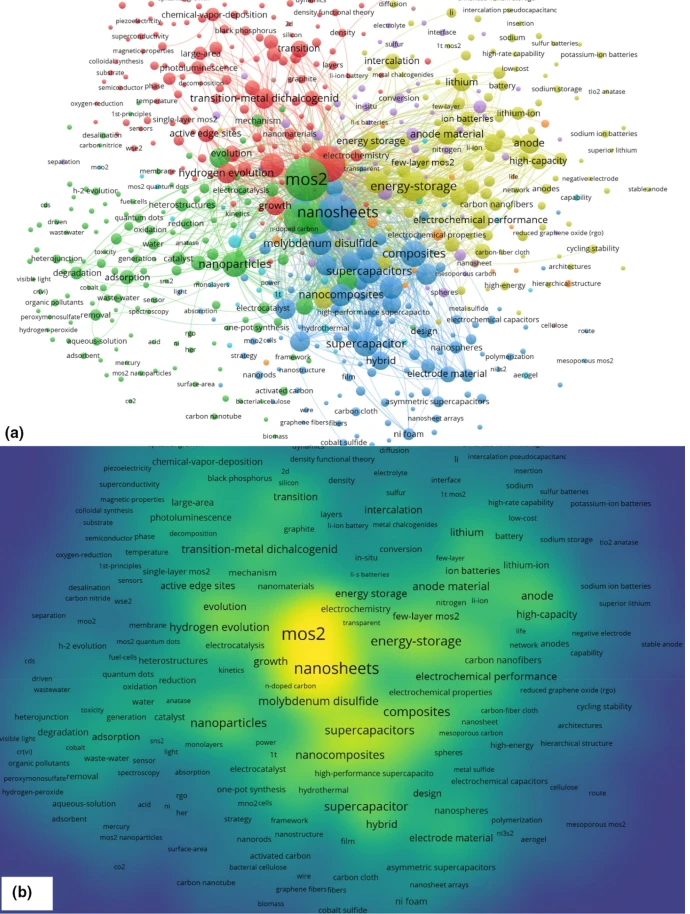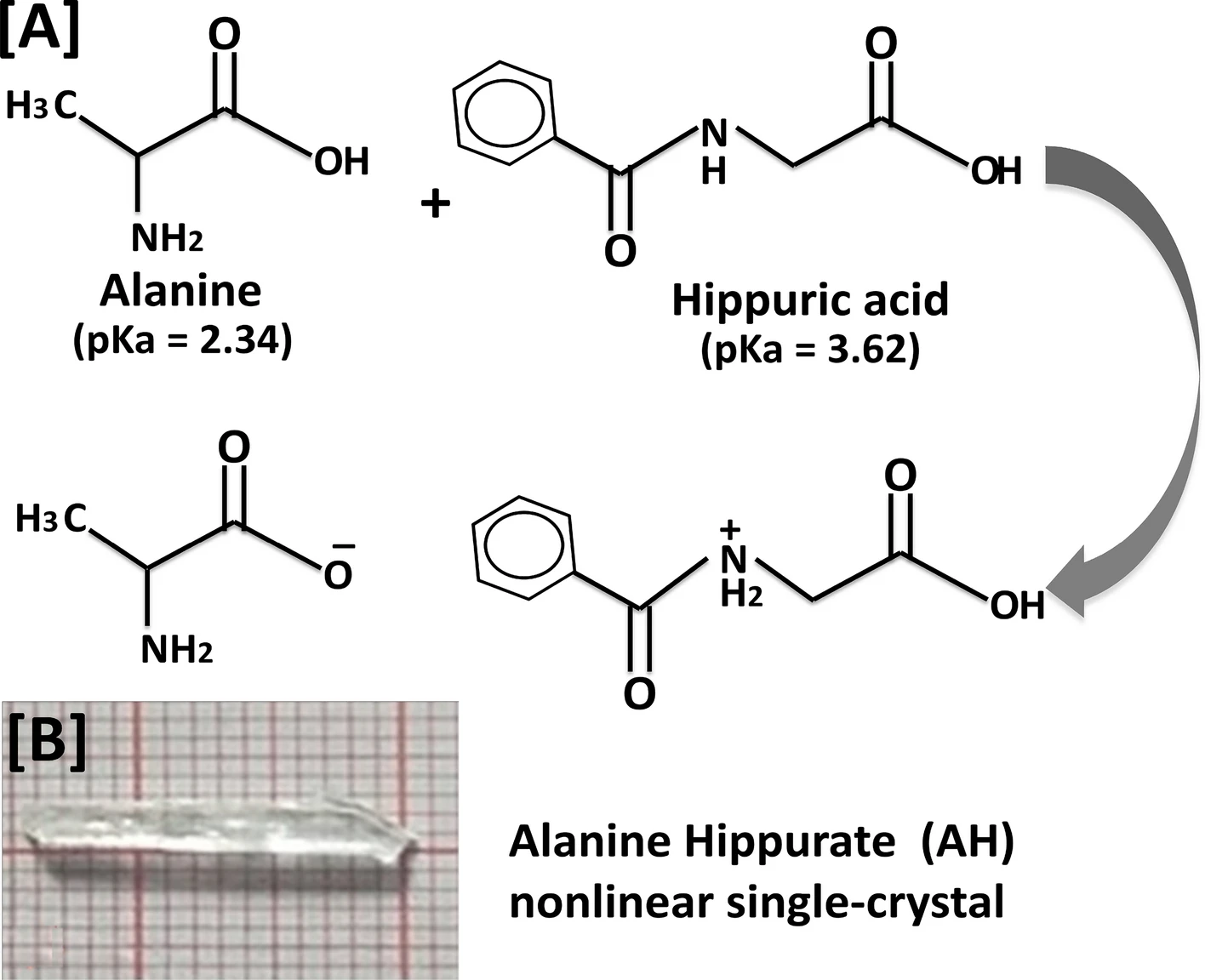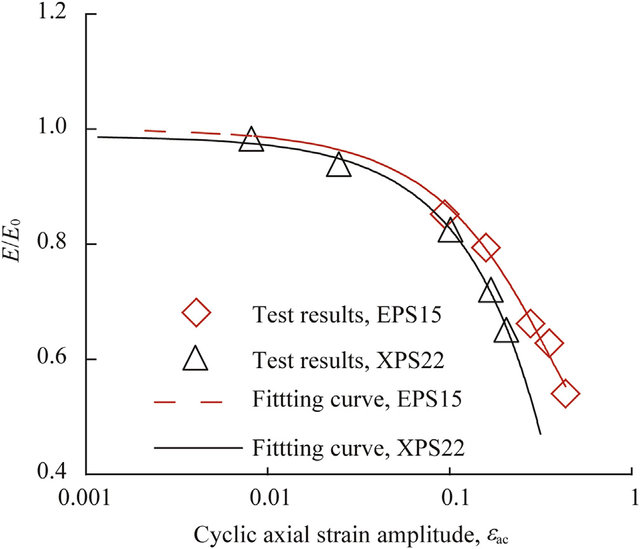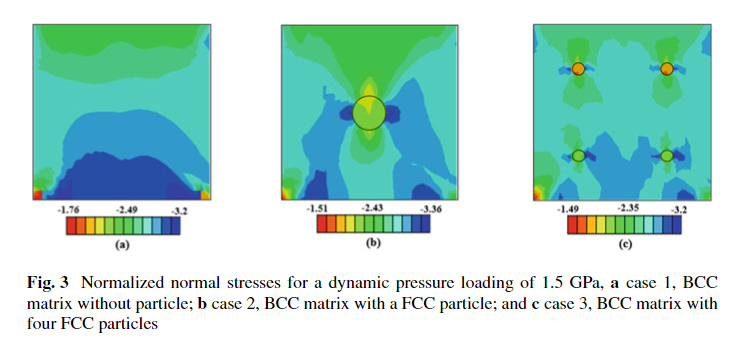
MoS2-based nanocomposites: synthesis, structure, and applications in water remediation and energy storage: a review
The world is currently facing critical water and energy issues due to the growing population and industrialization, calling for methods to obtain potable water, e.g., by photocatalysis, and to convert solar energy into fuels such as chemical or electrical energy, then storing this energy. Energy storage has been recently improved by using electrochemical capacitors and ion batteries. Research is actually focusing on the synthesis of materials and hybrids displaying improved electronic, physiochemical, electrical, and optical properties. Here, we review molybdenum disulfide (MoS2) materials and hybrids with focus on synthesis, electronic structure and properties, calculations of state, bandgap and charge density profiles, and applications in energy storage and water remediation. © 2021, The Author(s).




